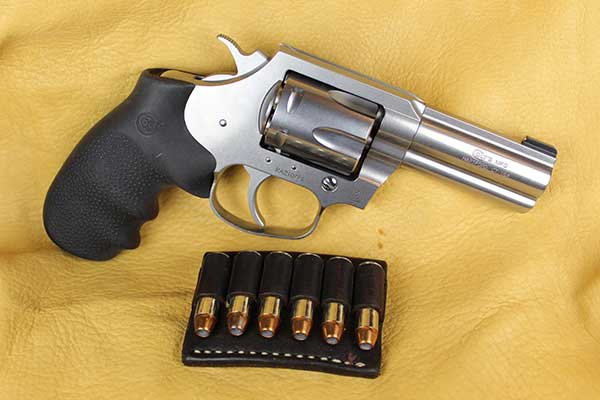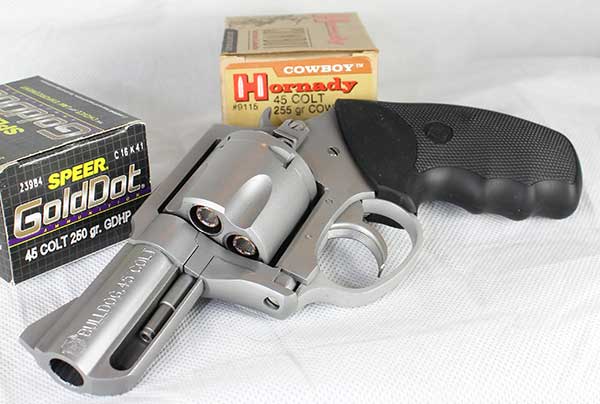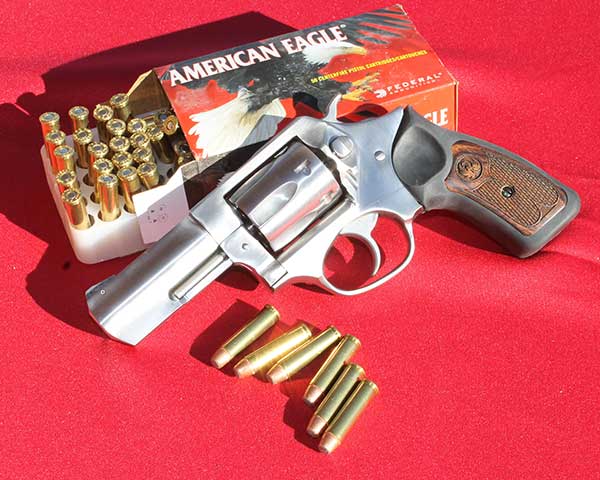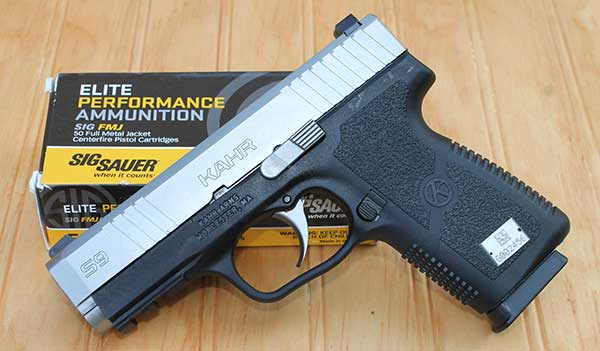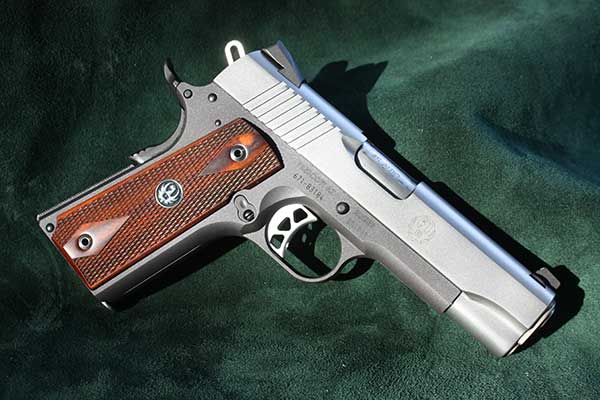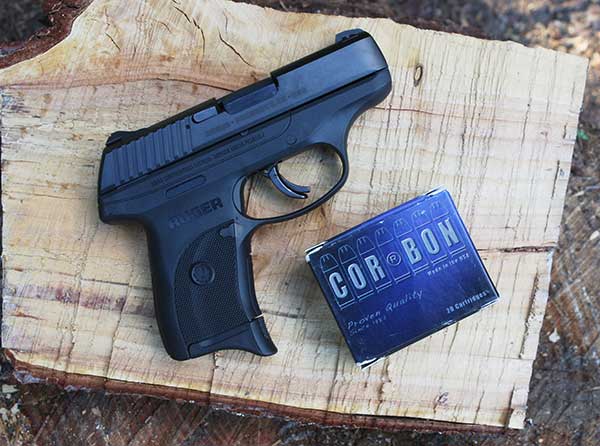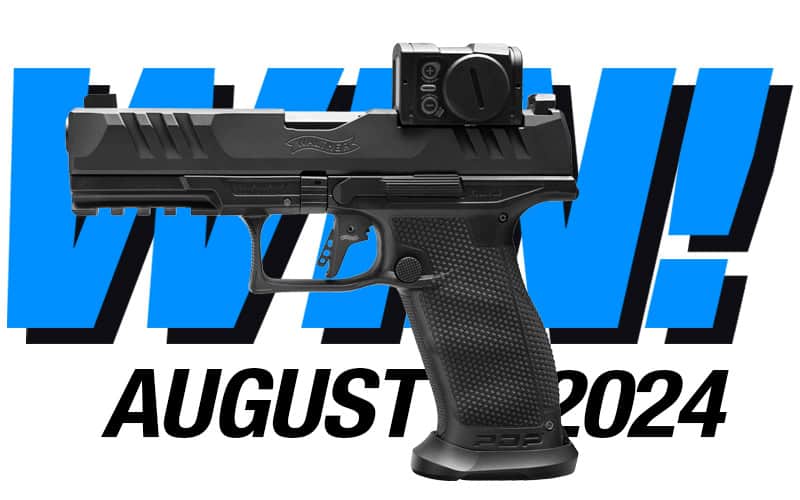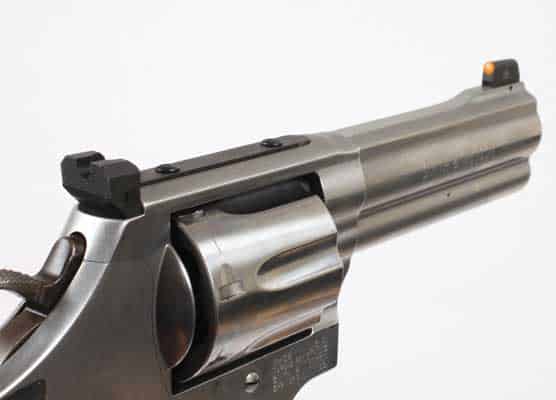If Only I Were Wealthy
Guaranteed, I’d Have Still Gone Broke!
A couple of weeks ago, one of my social media pals asked me what it was like testing guns and what gun writers did with them afterward.
I assured this fellow that I sent those test guns right back to the manufacturer unless I was so impressed I bought the gun, which was a rare event on my budget. “Otherwise,” I told him, “they’d just be cluttering up my house.” Oh, the humanity!
Over the years, there were definitely some guns I would have been delighted to keep because they were just so darned much fun to shoot. A few would have made great personal packing pistols, and one or two were absolute gems. But I got reminded more than once, “You have enough guns.” Never respond to such a comment with, “Well, you’ve got more pairs of shoes.” In the interest of domestic tranquility, just don’t go there.
Even if I were the mythical “rich gunwriter,” I would still have managed to go broke fast. Let’s just say I have an insatiable appetite for things that go BANG! Somebody should form a counseling group. “Hi, I’m Dave, and I’m a gunwriter.”
Take, for example, the sixgun above. It’s a Colt King Cobra in .357 Magnum, one of the few fixed-sight double-action sixguns I’ve ever admired. I hit pretty much everything I aimed at, and it had a nice action, a good feel and carried well. I would have built a holster for this baby and used it on the trail and even for concealed everyday carry. The rubber finger groove grips (I think they were made by Hogue) were comfortable and sucked up a fair amount of recoil.
Along Came Charter
Speaking of wheelguns with fixed sights, some years ago, I had this conversation with Nick Ecker at Charter Arms, the subject of which was a Bulldog five-shooter chambered for the .45 Colt cartridge.
Charter, after all, had a round gun in .45 ACP called the Pitbull, so it seemed logical they would have success with a .45 Colt model. My test gun turned out to be a handful, especially when loaded with 250-grain Speer Gold Dots. Recoil, even with rubber grips, was definitely not for the faint of heart, but in an emergency, the muzzle flash from that baby would have terrified most predators on two or four legs.
The fact it only held five cartridges was of no concern. I figured that by the time they were gone, I would have made a lasting impression which would not have required a reload. Like the King Cobra, this big bore was made from stainless steel, and after putting a bunch of rounds through it, the Bulldog convinced me it was tough-as-nails sturdy. Lockup was tight, the action might have needed some work, but as a defensive tool in this specific caliber, it was concealable and, more importantly, reliable.
Ruger Rocked!
A third revolver, also in stainless and with fixed sights, was Ruger’s SP101 in .327 Federal, which I recall having first tried at a SHOT Show Range Day event many years ago.
Being a fan of the .32 H&R Magnum, the .327 Federal is just a step up in energy and velocity, but in the SP101, one can use both cartridges, and my impression is that the difference in felt recoil is negligible.
The specimen I fired was acceptably accurate enough to roll tin cans around, which is not as easy as some might think. It had a rubber grip with checkered wood inserts and weighed 27 ounces empty. I much preferred shooting this one single-action, as I recall, but in double-action, it is still possible to keep all of your shots in the black at 10-15 yards and probably farther.
The .327 Federal is no slouch as a game-stopper. It will also stop a fight on the street, and the one thing I recall about firing an SP101 at dusk was that it lit up the pistol pit like a lightning flash. The muzzle blast would be at least temporarily deafening for someone not wearing earphones (what criminal shows up with muffs?), and my guess is that long-term ringing would be likely.
Kahr Craft
While I graduated some years ago from the 9mm to the .45 ACP as a carry gun when I’m not armed with a .357 or .41 Magnum sixgun, the Kahr S9 got my juices flowing for a while.
Chambered for the 9mm, this polymer-framed pistol had a molded accessory rail ahead of the trigger guard, offset handsomely by the stainless steel slide. While it was a double-action-only striker-fired model, it was comfortable in the hand, and it did carry well.
The barrel was about 3 ½ inches long, the sights were fixed, and the magazine carried seven rounds. Put them all in the right spot, of course, and whatever is on the receiving end is going to stop and reconsider, if not fall over and stay there.
The S9 could fit in the pocket of a parka or down vest or fit nicely in an IWB holster to hide away under a sports coat or even an untucked shirt.
Years ago, I stopped by a local gun range and found them working on a Kahr rental pistol, which had been fired thousands of times over the course of a few years. It was dirty — a problem with range guns that may not get a good cleaning between customers — and had been digesting a steady diet of inexpensive range ammunition. Still, when the pistol was finally retired, it was something of a monument to durability and longevity.
Ruger SR1911
This Commander-size .45 ACP really earned high marks for a couple of reasons. First, it had a two-tone finish, which has always appealed to me. Secondly, the lightweight aluminum frame had a polished titanium feed ramp.
Most importantly, as I recall, it was dead-bang accurate right out of the box, with pretty much everything I put through it, from JHPs to 230-grain FMJs. Since I have a couple of Colt Commanders, I had holsters readily available, so packing it for a few days was no problem.
Thanks to the flat mainspring housing, this gat felt good in my hand through several shooting exercises and never skipped a beat. It was fast, the sights were easy to pick up, and I spent part of one afternoon just shooting chunks of someone’s broken clay targets at 15 yards.
Alas, back it went to the factory after producing enough empty brass to keep me busy at the loading bench for a couple of weeks.
When Ruger introduced the LCP in .380 ACP, I got hold of one of the first available models for testing and discovered it was an accurate little devil-sized to fit in my pocket.
So, when Ruger announced the LC9, chambered in 9mm, I was quickly in line to get my greasy little paws on one, and I was not disappointed. I had trouble with only one type of ammunition, some imported stuff, as I recall, which I quickly set aside in favor of cartridges from Federal, Winchester and Remington. From that moment forward, this little pocket rocket delivered the goods.
The light weight, compact size and — believe it or not — comfortable recoil convinced me this sturdy little number had plenty going for it. As I recall, I suggested this pistol to a couple of different women who asked my advice about buying a small handgun for personal protection.
I think what most impressed me was the hideout capabilities. One could easily carry this in an ankle holster or one of my original “tuckable” rigs that can hide under a tucked-in shirt. In the event you need a pistol, you have one.
Sure, there were other guns I liked. There was a Ruger Single Six convertible in .22 LR/.22 Magnum I really hated parting with, just because I’m something of a sucker for single-actions. I had one of the first Smith & Wesson 4006 models in .40 S&W, which was hard to put down. Indeed, I found something to like about nearly all of them.
Alas, you just can’t keep them all. But I kept the memories, and I guess, at the end of the day, that’s what matters.
